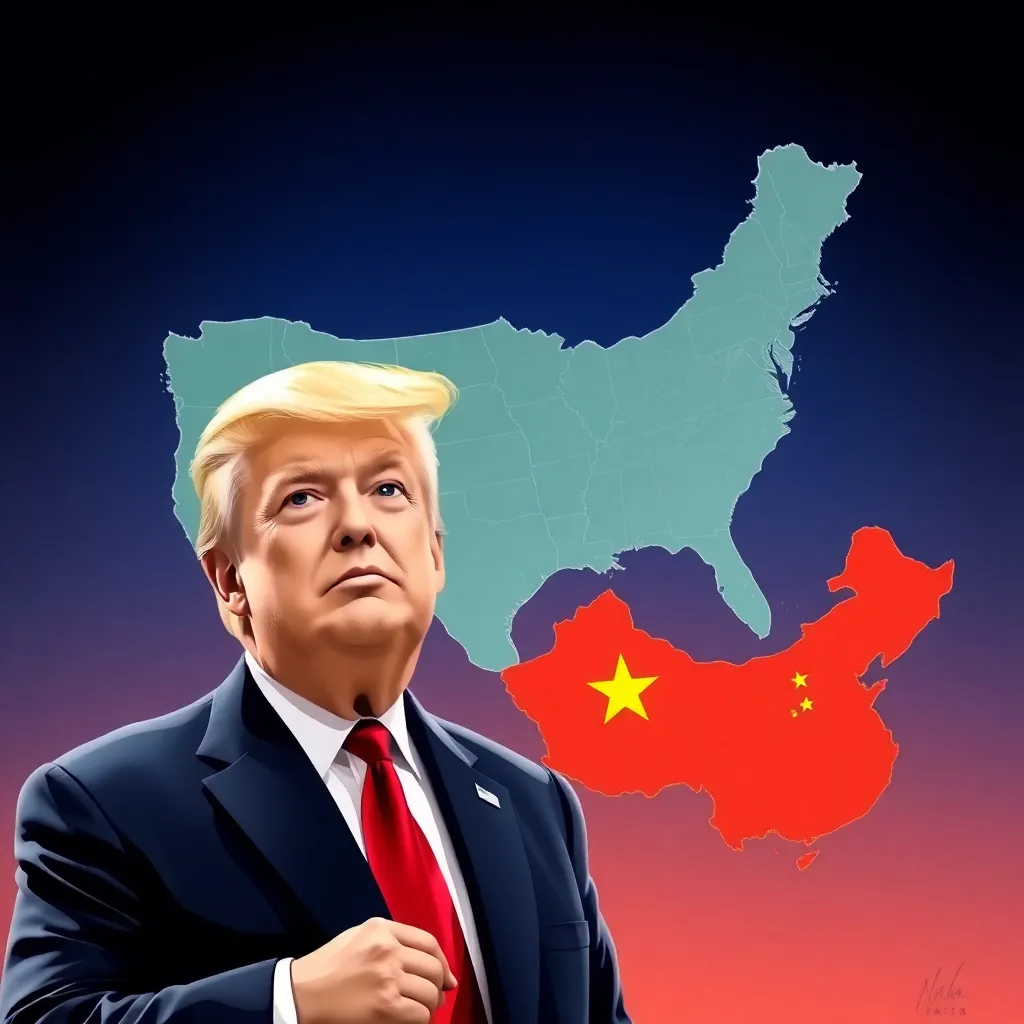
Trump Tariffs: A New Era of Trade Tensions
In a move that is set to escalate global trade tensions, US President Donald Trump has announced plans to impose significant tariffs on three of America’s largest trading partners: Canada, Mexico, and China. According to the White House, the tariffs will come into effect on Saturday, with Canada and Mexico facing a 25% levy on their exports to the US, while China will be hit with a 10% tariff.
The decision has sparked widespread concern among economists, business leaders, and politicians, who warn that the tariffs could have far-reaching consequences for the global economy. The move is seen as a major escalation of Trump’s protectionist trade policies, which have already led to a series of tit-for-tat trade disputes with countries around the world.
What do the tariffs mean for Canada and Mexico?
For Canada and Mexico, the 25% tariffs will have a significant impact on their economies. Both countries are major exporters to the US, with Canada sending over 75% of its exports to its southern neighbor, while Mexico exports over 80% of its goods to the US. The tariffs will make it more expensive for American businesses and consumers to buy Canadian and Mexican goods, which could lead to a decline in demand and a subsequent hit to the economies of both countries.
What about China?
While the 10% tariff on Chinese goods is lower than the levy imposed on Canada and Mexico, it still represents a significant escalation of trade tensions between the US and China. China is the world’s second-largest economy and a major trading partner for the US, with bilateral trade worth over $600 billion last year. The tariffs will target a range of Chinese goods, including electronics, machinery, and textiles, and could have a major impact on China’s export-driven economy.
What’s behind Trump’s tariff push?
So why is Trump imposing these tariffs? The President has long been critical of America’s trade deficits with countries like China, Canada, and Mexico, which he sees as evidence of unfair trade practices. He has also been pushing for a more protectionist trade policy, which he believes will help to boost American industries and create jobs.
However, many economists and trade experts argue that Trump’s approach is misguided and could ultimately harm the US economy. They point out that trade deficits are not necessarily a bad thing, as they can be a sign of a strong economy with high demand for imports. They also warn that tariffs can lead to retaliatory measures from other countries, which could spark a full-blown trade war.
What’s next?
The imposition of tariffs on Canada, Mexico, and China is just the latest development in a rapidly evolving global trade landscape. As the situation continues to unfold, one thing is certain: the world is entering a new era of trade tensions, with far-reaching consequences for economies and businesses around the globe.






